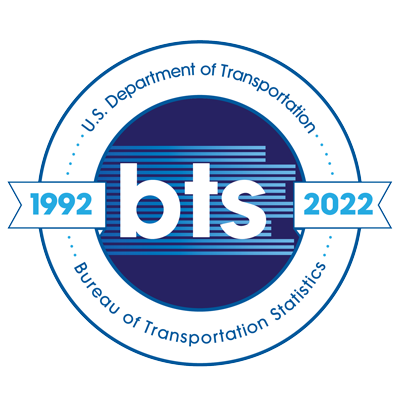Mobility Segregation: Application of Crowdsource Datasets to Understand Mobility Patterns and Neighborhoods Dynamics of Disadvantaged Populations
Topics:
Keywords: Mobility Segregation, Mobile Phone Data, Equity, Mobility Pattern
Abstract Type: Poster Abstract
Authors:
Javad Jomehpour Chahar Aman, Southern Methodist University
Janille Smith-Colin, Southern Methodist University
,
,
,
,
,
,
,
,
Abstract
While ‘residential segregation’ has received considerable attention mainly in relation to clearly defined social groups such as race and income, very little is known about communities’ mobility patterns and human communications and how well cities integrate daily movements of diverse social classes. Moreover, the existing segregation literature avoids quantitative analysis in favor of traditional qualitative evaluations of neighborhood dynamics based on media analysis, interviews, and other methods of collecting observational data. To fill these gaps, this study incorporates cellphone geographic records to examine the travel behavior of different social communities and investigate the urban indicators affecting the level of ‘mobility segregation’ across the neighborhoods of the city of Dallas, TX. Recent advances in machine learning provide new approaches for modeling intricate socio-spatial processes, enabling us to forecast where and how they may manifest in the future. This paper proposes a robust random forest method to analyze ‘mobility segregation’ for examining the prediction capability and model interpretability. This paper makes an empirical as well as methodological contribution to the segregation literature by mapping the level of mobility segregation through a fine-grained examination of neighborhood compositions. This study highlights the continued importance of quantitative approaches in comprehending complex urban processes like mobility or residential segregation as a showcase of the capabilities of machine learning.
Mobility Segregation: Application of Crowdsource Datasets to Understand Mobility Patterns and Neighborhoods Dynamics of Disadvantaged Populations
Category
Poster Abstract








